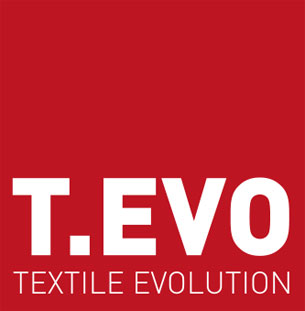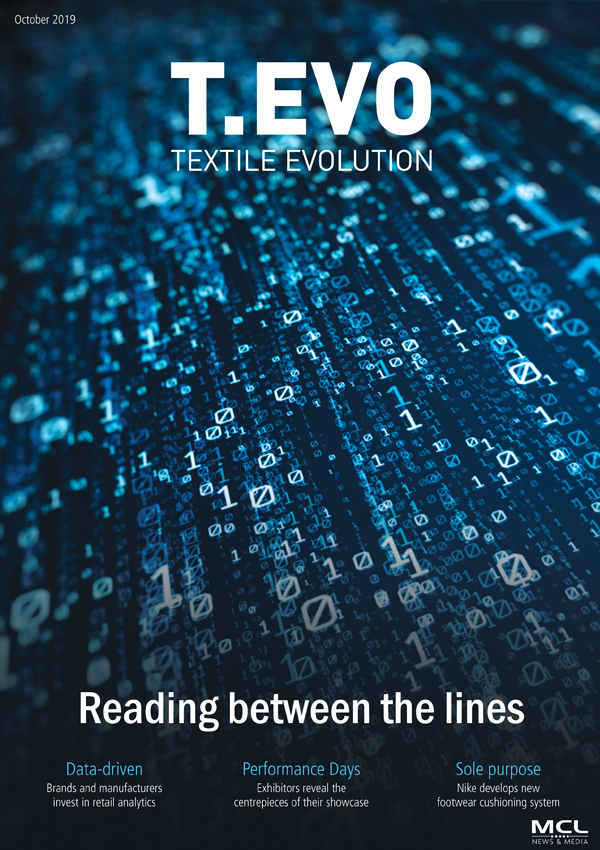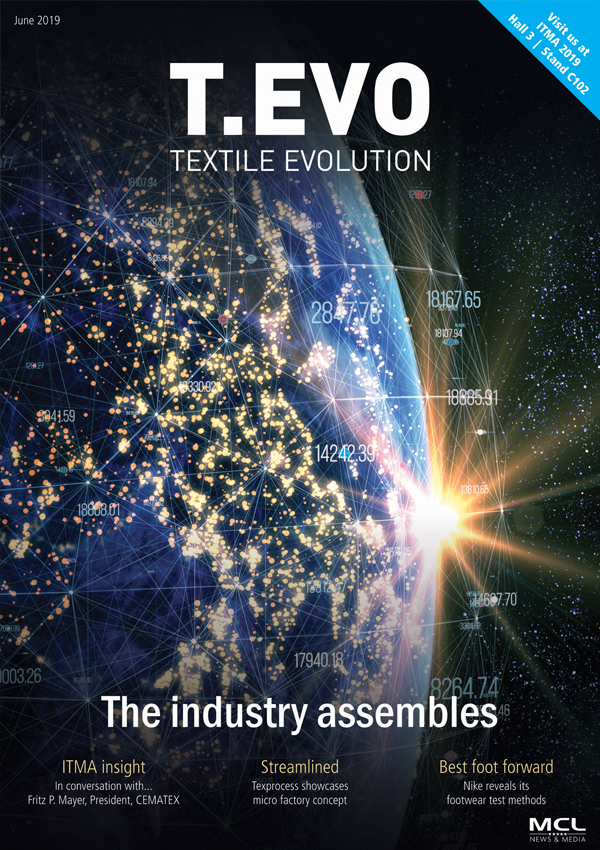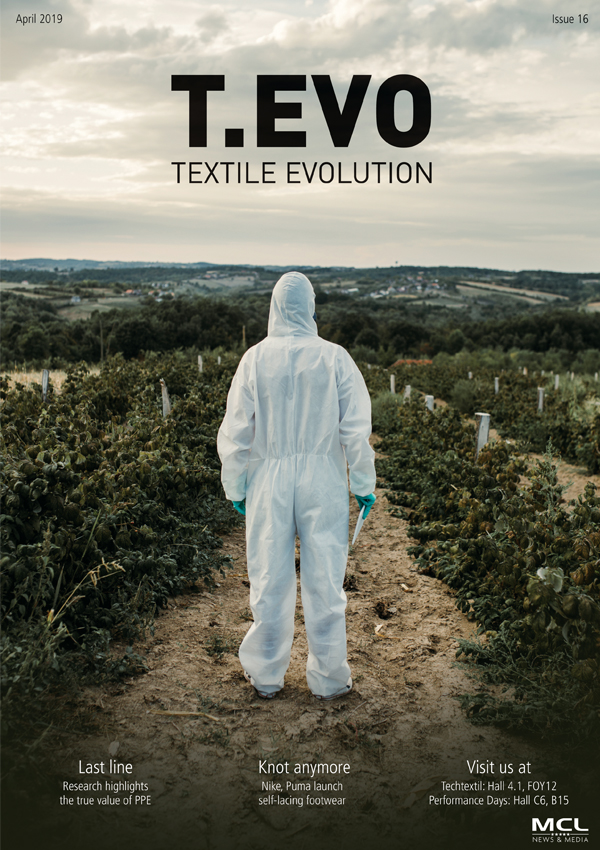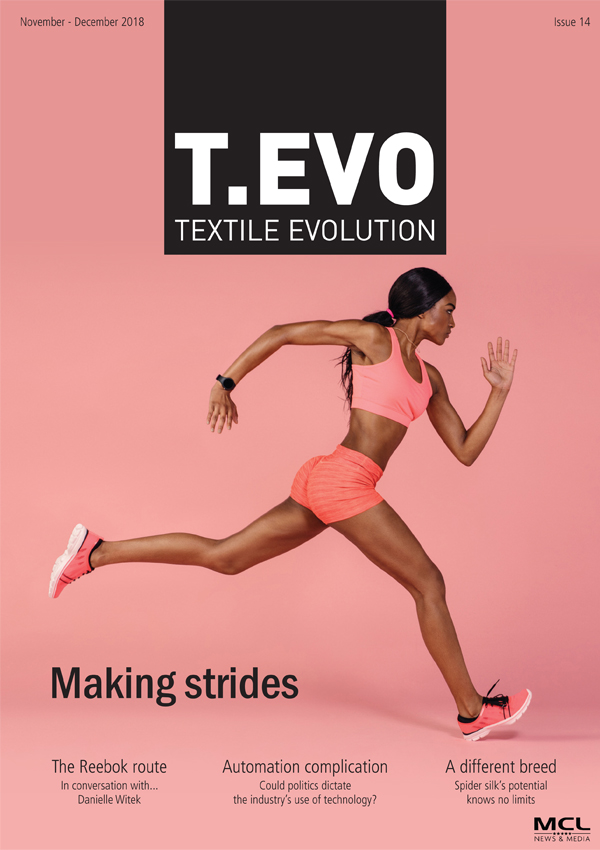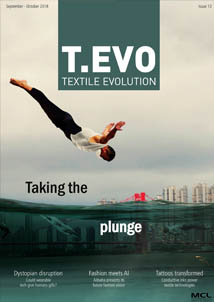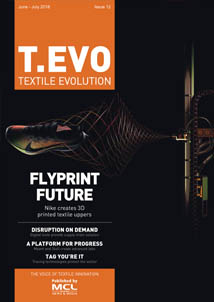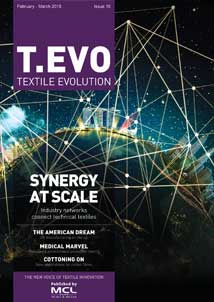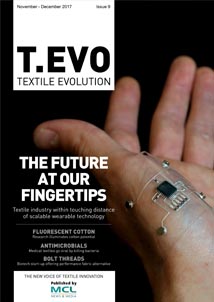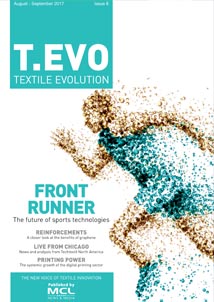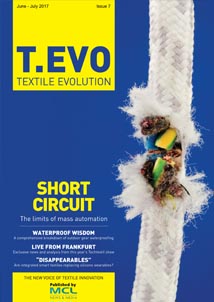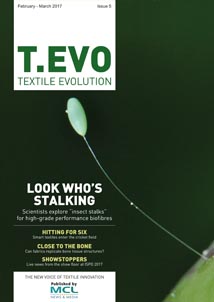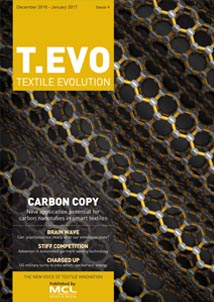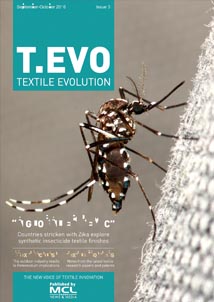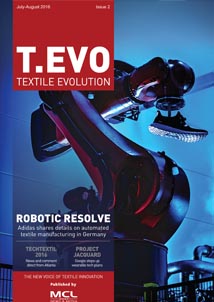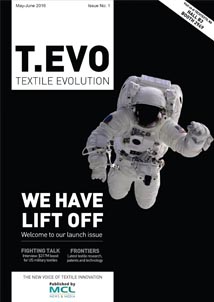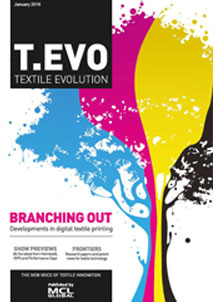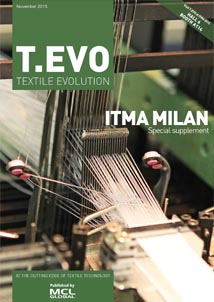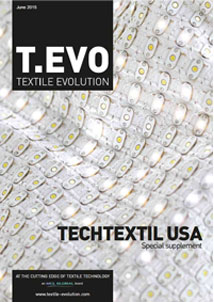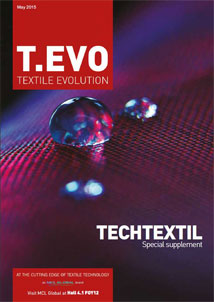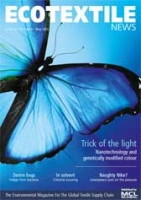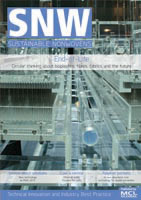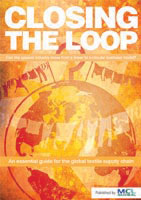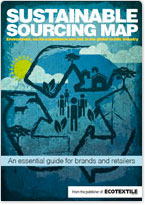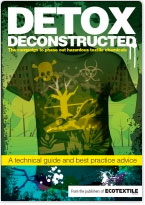KENTUCKY – Leading technical textile manufacturer Atkins & Pearce has been at the heart of the American textile supply chain for two centuries. Here, we speak to Thomas Dierker, sales & marketing leader, who provides an insight into the company’s most recent developments – and their recipe for longevity in the sector.
With Atkins & Pearce celebrating its 200th anniversary this year, can you tell us how far the company has come in terms of developing its high performance fibres/yarns sector?
This is a very difficult question considering the longevity of our company. We have a very rich heritage in the textile space in America. The Atkins & Pearce past is a tapestry of rural America, the Industrial Revolution, the atomic age, and the space-age. We have done business against the backdrops of the Civil War, two world wars, the Cold War and all the economic ups and downs in between. What began as our first generation founders’ improvement to Eli Whitney's cotton gin is today an obsession with all things intersecting with natural and synthetic fibres. We have literally been competing in our business segments so long that we have purchase orders from the Procter & Gamble Company when they picked up their delivery in a horse-drawn wagon! Being in business for 200 years may not be as noteworthy in Europe, but it puts us in a pretty unique position here in America.
Can you provide T.EVO readers with some technical information behind any of your latest developments?
A lot of what we do today is proprietary and in collaboration with strategic business partners. Our customers are typically large OEMs and well–known brand holders. Many of these companies are standing on our shoulders in some way, so they oftentimes restrict us from commenting on our joint developments. Our efforts with lightweight and metallized aramid's contribute to highly confidential space exploration and military projects. We have revolutionized certain market-leading candle designs with the development of our bi-component wicking systems. We have developed optimized yarn constructions for synthetic round sling makers; our SEO yarns are highly efficient and provide significant savings to the big producers of round slings. We have maximized strength efficiency and mechanics in our cable systems for high-profile telecommunication applications. We feel fortunate to be part of so many exciting and revolutionary developments in the industries we serve.
What are the current and future applications of these developments?
In general, most of our development efforts involve making our fibre embodiments stronger, lighter, more efficient, more chemically resistant, more colorful, and more temperature and flame resistant. Many of our partners come to us with a predetermined specification that drives a project’s success factors; sometimes our ingenuity relates more to the production of the materials than it does to the material design. Processing fibres as long as we have, we have developed significant IP with our internal manufacturing platforms.
Have you noticed a change in the technical textiles industry in recent years (with the emergence of 4.0 technologies)? If so, how are you adapting to these changes?
Some of our automotive customers are out in front of the curve with respect to the 4.0 technologies. Europe is a pacesetter in this regard. It is no doubt coming here as well, so we are already preparing to address many of the requirements associated with this type of “Smart Sourcing.” To be honest, it can be hard to invest in the infrastructure required to maintain a robust system with such little demand or commercial rationalization for the added effort.
Have new challenges come with these changes? For example, are customers demanding a wider range of added functionality (durability, antimicrobial, flame resistance, etc.) compared to previous years?
Generally speaking, our customers are the leaders of the markets in which they compete. They are extremely sophisticated and typically pushing the performance envelope. There are some Uber-cool materials available today. Whenever we can, we work to create hybrid constructions that have our IP built-in. This helps leverage performance synergies in a particular component and it naturally creates a greater distance between us and our competition. When it comes to product development, our ability to see and think differently in the product ideation phase is the foundation of our success.
What would you say is required from companies such as yours to be able to keep business going for such a long time? Could you perhaps offer advice to likeminded technical textile manufacturers who are looking for similar brand longevity?
Internally, staying flexible and adaptable are what come to mind when reflecting on the key components of our longevity formula. Our company culture has been so healthy and strong over the years that we have been fortunate to focus more on execution than being distracted with rebuilding broken parts of what motivate us.
Externally speaking, we have found that the scariest place to be during times of uncertainty or market transitions is sitting behind your desk. The closer we can get and stay to the end user, the better. There really is no shortcut when it comes to succeeding in business. Like in the movies, shortcuts usually lead to dead-end streets, or worse yet…ghost towns!
I remember a favourite football coach from high school who was fond of saying “I was a great coach only when I had great players. In all my years of coaching, I never scored a single touchdown or kicked a single field goal. I needed great players to score.”
Such is the case at Atkins & Pearce, having talented and engaged people, doing the right thing has made our long-term sustainability and positive growth possible.
What’s in the pipeline for Atkins & Pearce? Are there any ground breaking advances you’re making in the high performance sphere and if so, who can you see benefitting from them?
Innovators collaborate with us and ideators seek us out. There was a popular slogan used by a large chemical company more than a decade ago. They claimed to not make products per se... instead they successfully linked the performance of their ingredients to the overall performance of many other successful products. They didn't make surfboards; they made them lighter or more lubricious. We serve a similar niche for our customers. We are as near as your favorite armchair or scented candle and as far forward as the latest advances in medicine, telecommunications, and aerospace. We’re in the habit of finding new–to–the–world solutions that expand the boundary stakes in the high-performance sphere. Stay tuned-in; more great things are coming!
Has the recent shift in the political landscape (the new Administration in the US and Britain’s departure from the EU) affected your strategy – and how do you think these changes will affect our industry as a whole?
Not to pull our age card out again, but we are no stranger to shifting political landscapes. Years back at a large executive conference, our owner was asked to recall the greatest strategic hurdle our company had ever faced. He answered “the start of the Civil War in America (1861)”, people laughed out loud, they hardly believed him.
New administrations come and go. Politicians can shape business, that's for sure – but they don't drive business. Here in the US, the current presidential administration seems to have turned the dominant sentiment in business to one of optimism and expansion. Real or perceived, the change in leadership does seem to be the source of some positive market pressures and likely factors into some of the resurgences in our country’s important manufacturing sectors. An indicator we watch closely is the electric motor market. Electrical motor production has been pretty flat the last couple years and from our vantage point is rebounding strong in 2017; this has been a very good harbinger for us historically.
Being a US manufacturer, what percentage of your customers are domestic and how strong is your focus on Trump’s “buy American hire American” strategy? Conversely, how are your export figures to Europe and Asia looking?
I remember a catchy phrase in college, that was used by a well-known non-profit that promoted an ideal to “Think globally; but act locally!” America is where we live, work, and raise our families. It is baked into us maybe, but we do believe there is something special about manufacturing in America. We recognize though that others feel a similar sense of pride and confidence in their own manufacturing footprints.
Wherever they do business, entrepreneurs and business types focus on their particular strengths and work hard to sell their value or differentiation-- whatever that may be. We do a lot of business globally today and that has been a strong part of our heritage as well. Our founders were immigrants to America, if we aren't careful, we can forget that. Our business in China is growing significantly. Our team in Shanghai has done a great job of growing our footprint in that important market. There is a growing appreciation there for the quality and innovation of the fibre components provided.
We respect that our president is an advocate for American business; it is important though for him to strike the right balance. All things considered, his job is to lead our country. Since the industrial revolution, our countries success in business has played a vital role in America's prosperity and altruism too. It is so evident to us that all of the global markets are very interdependent now, it is important for us to want everybody to win!
